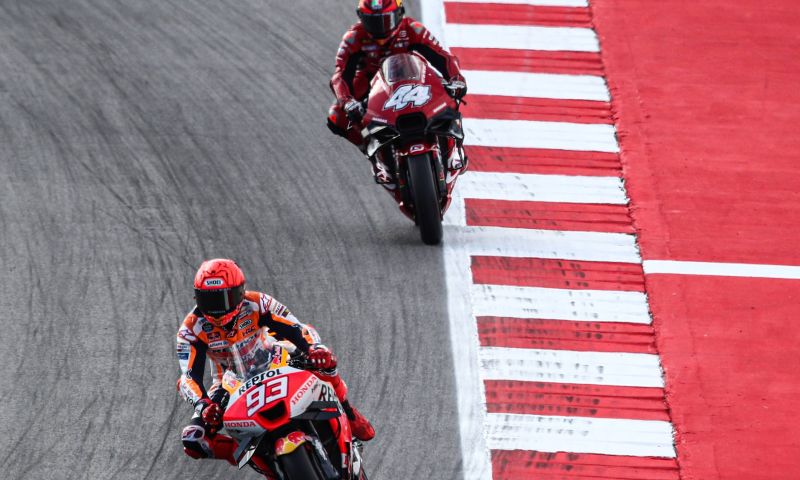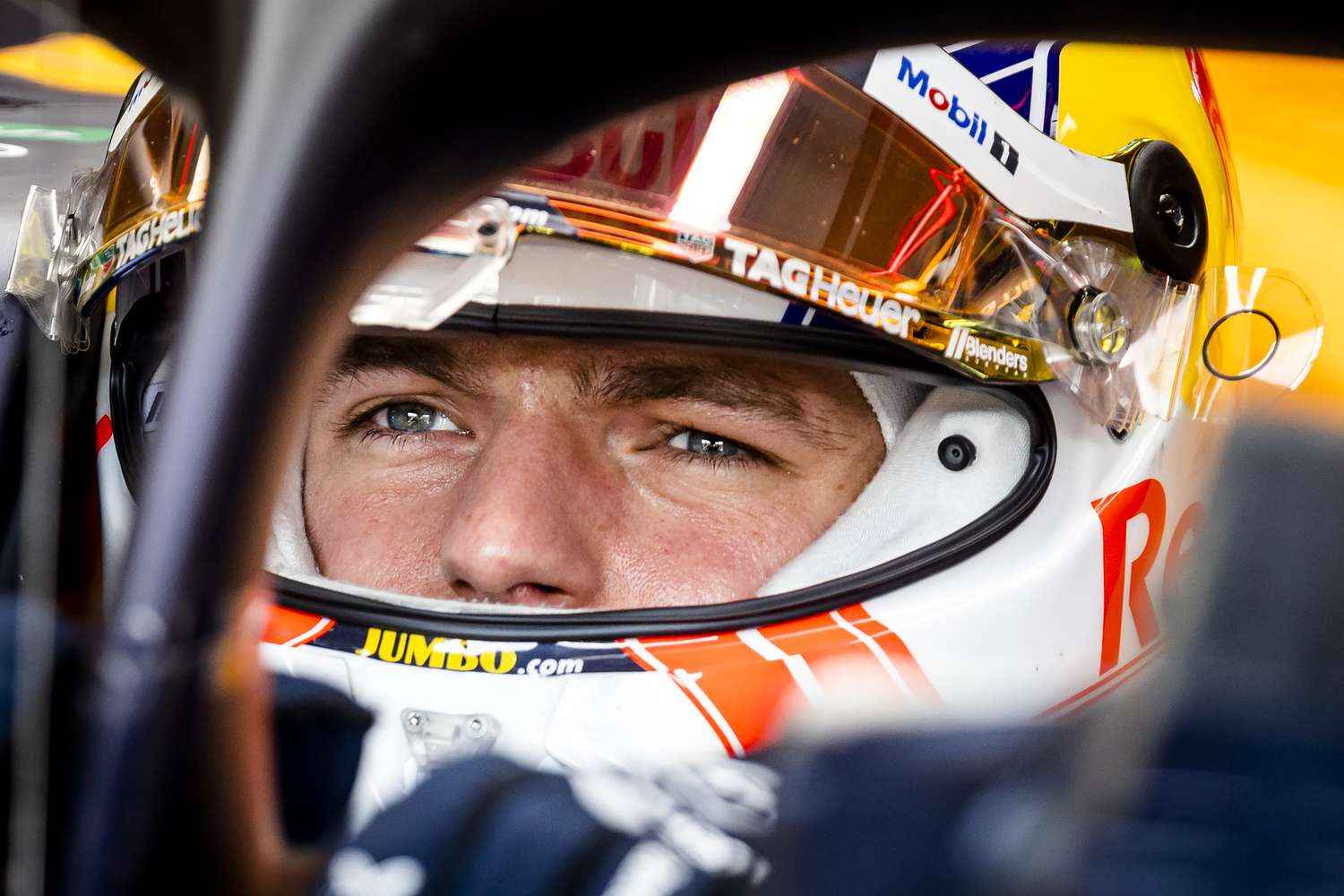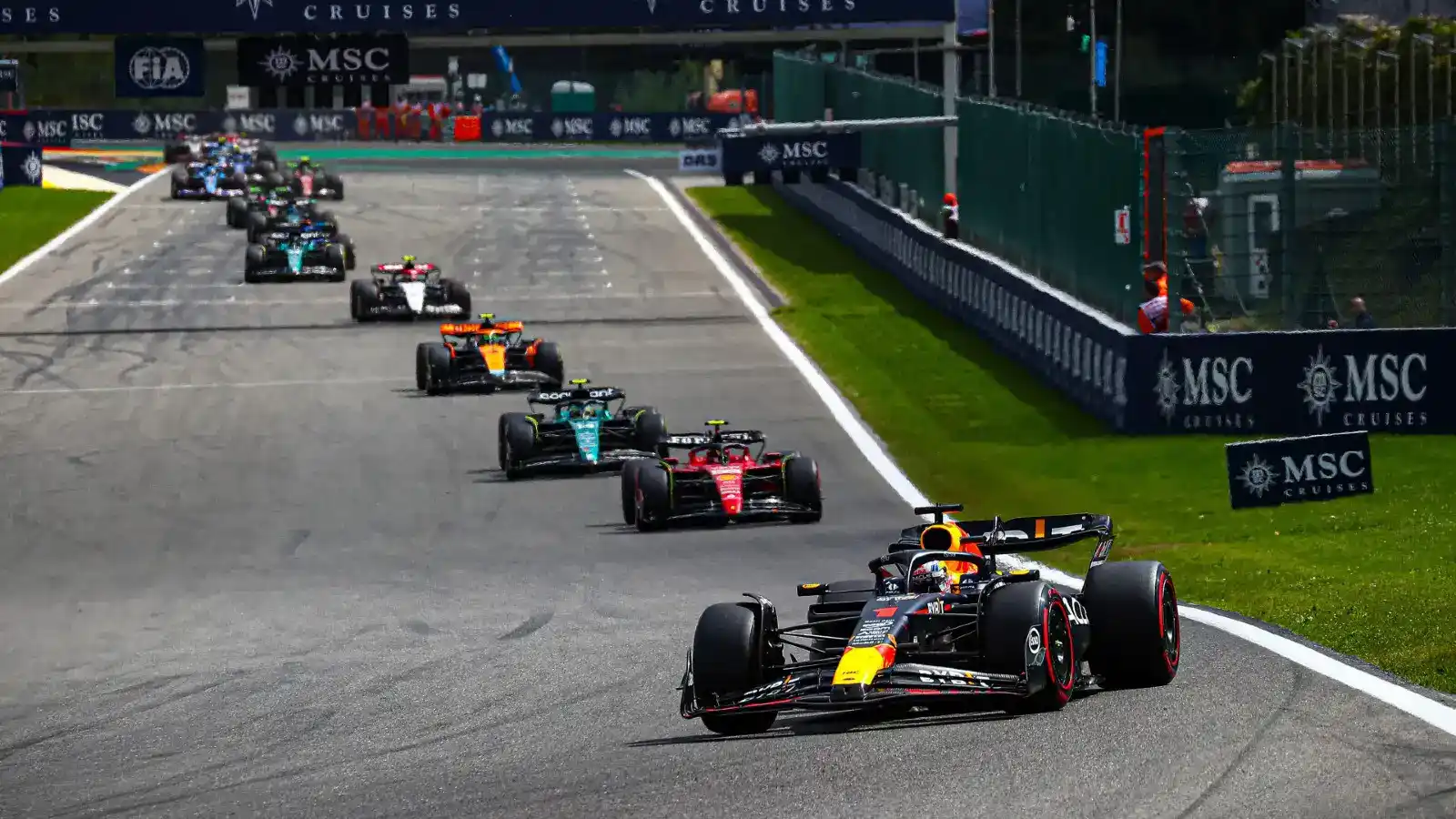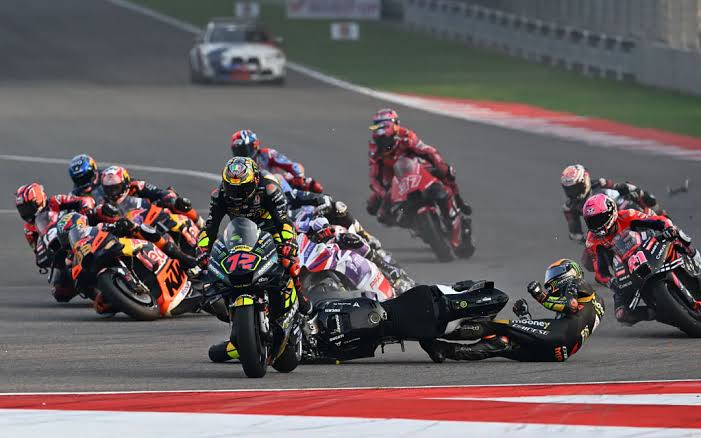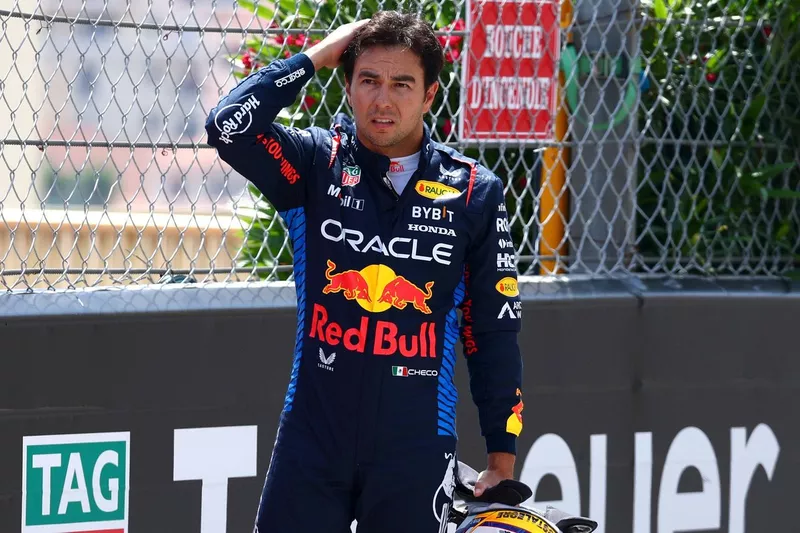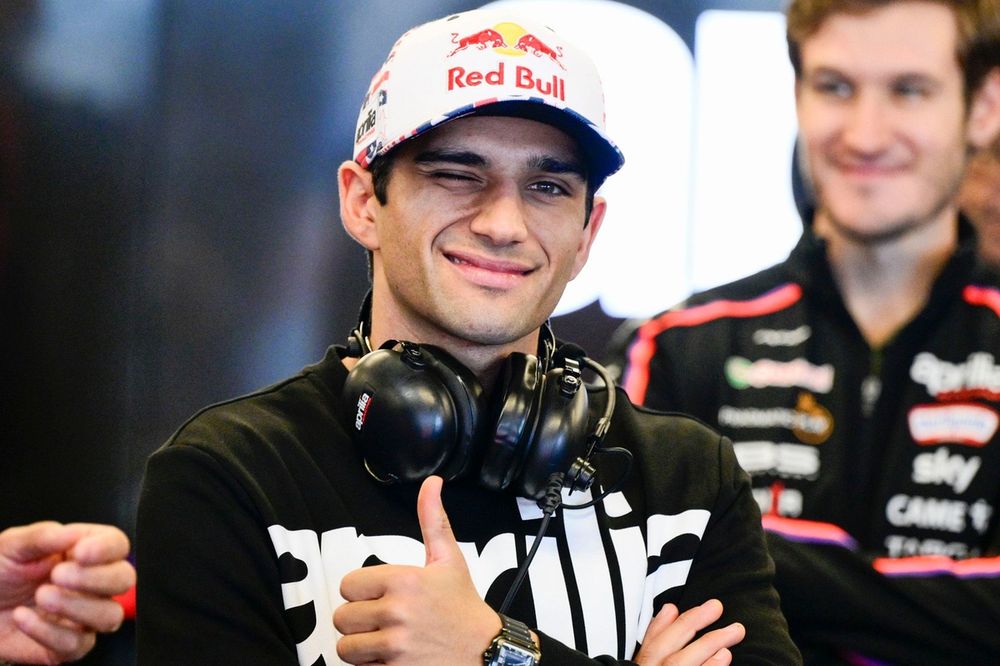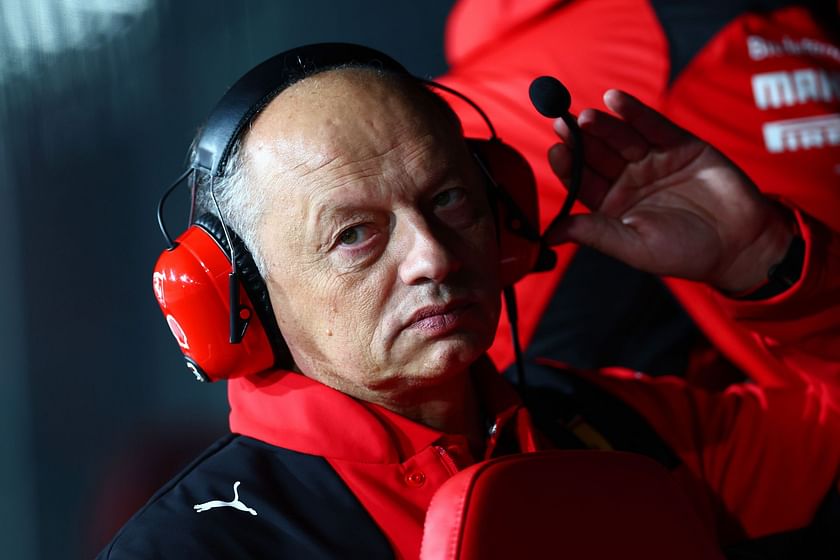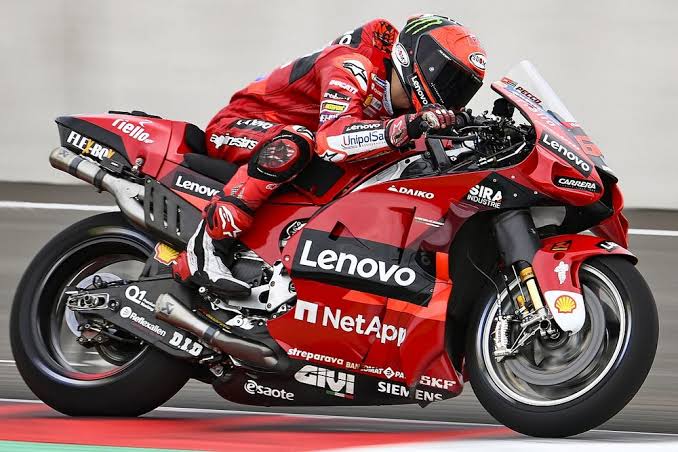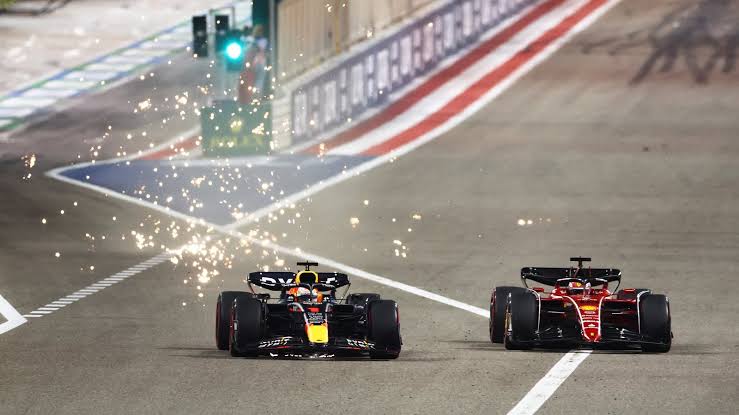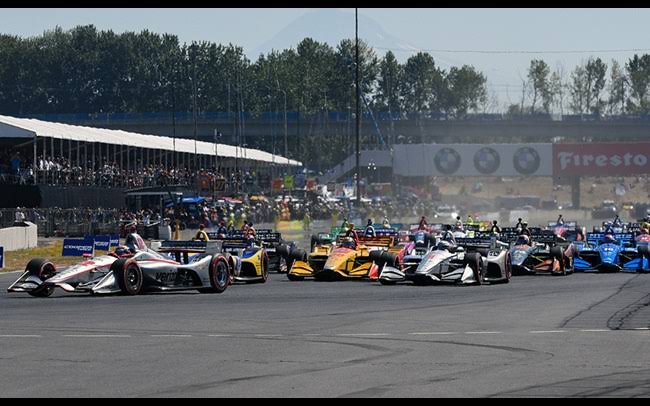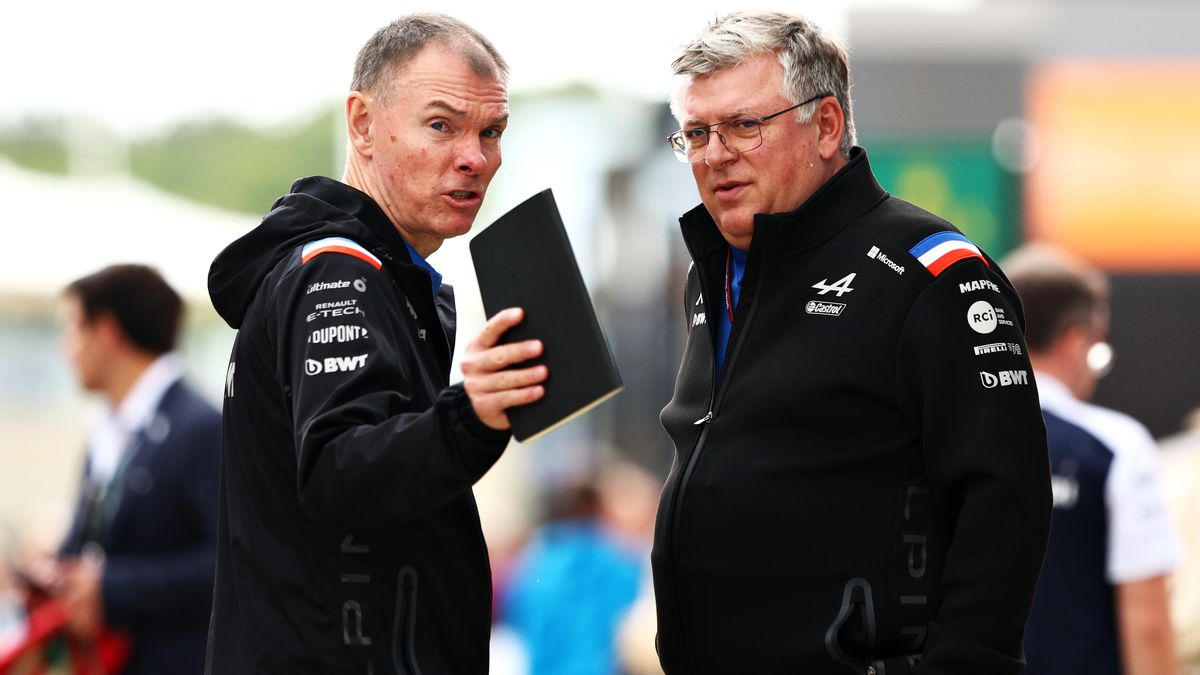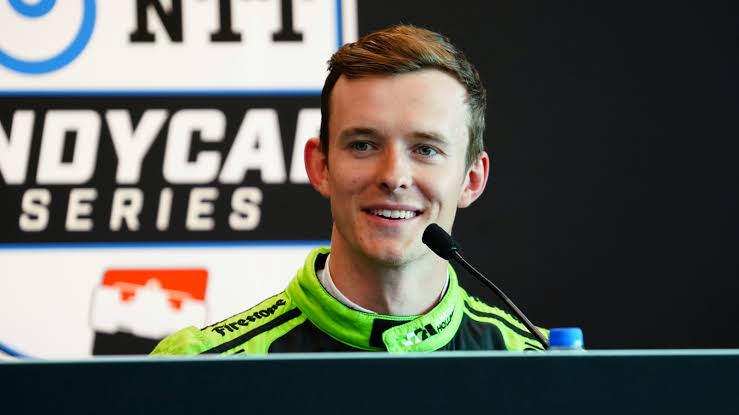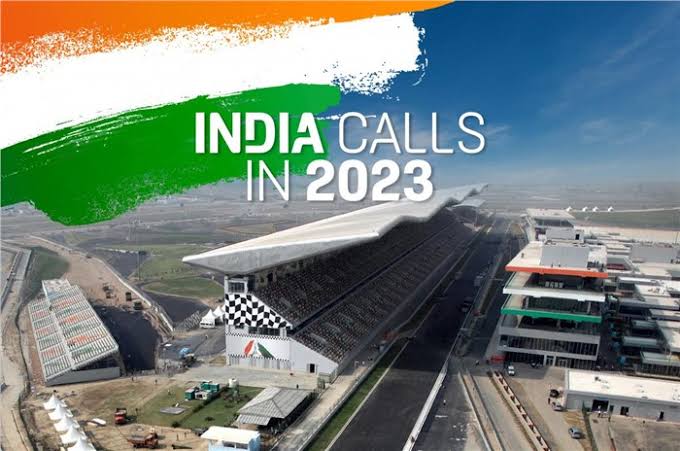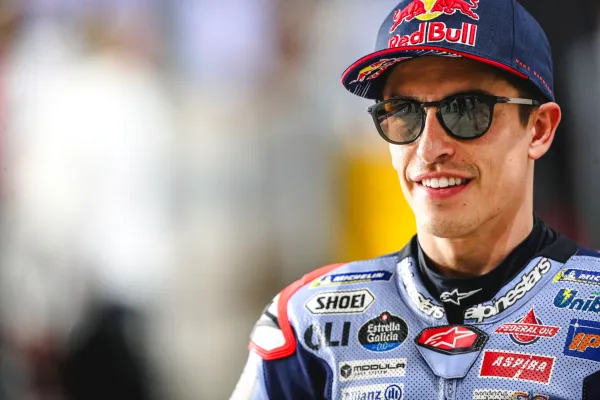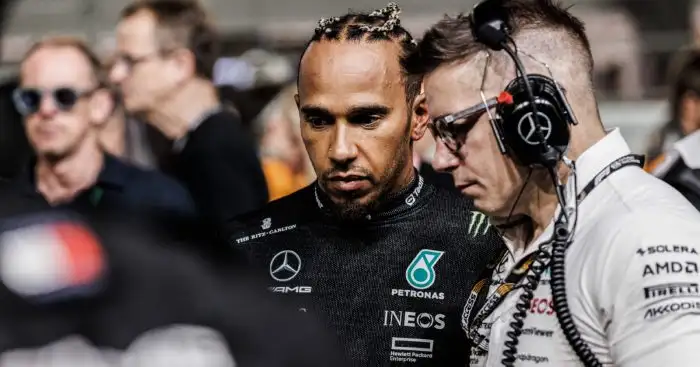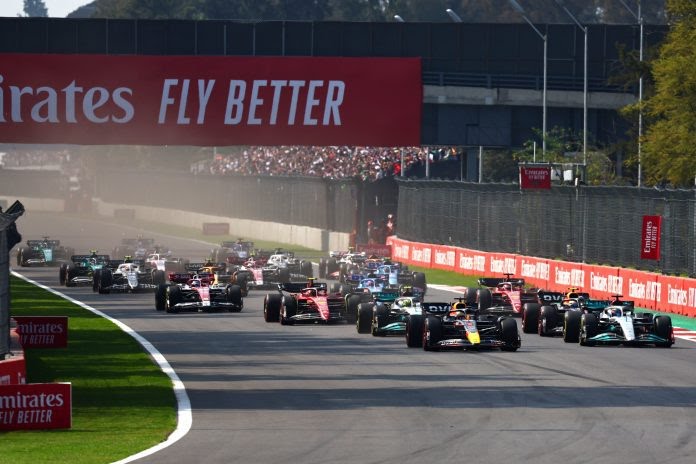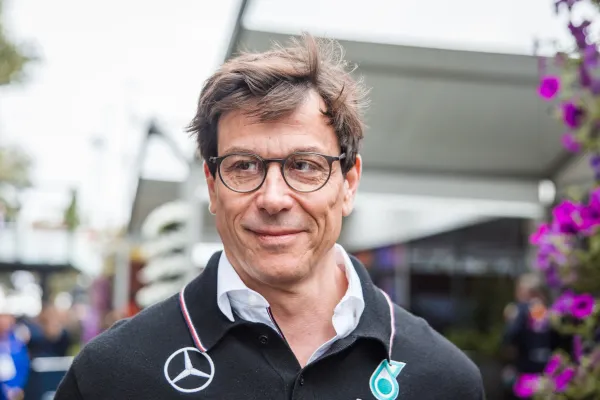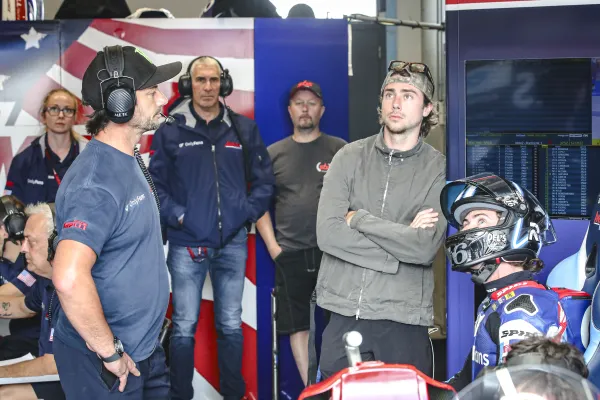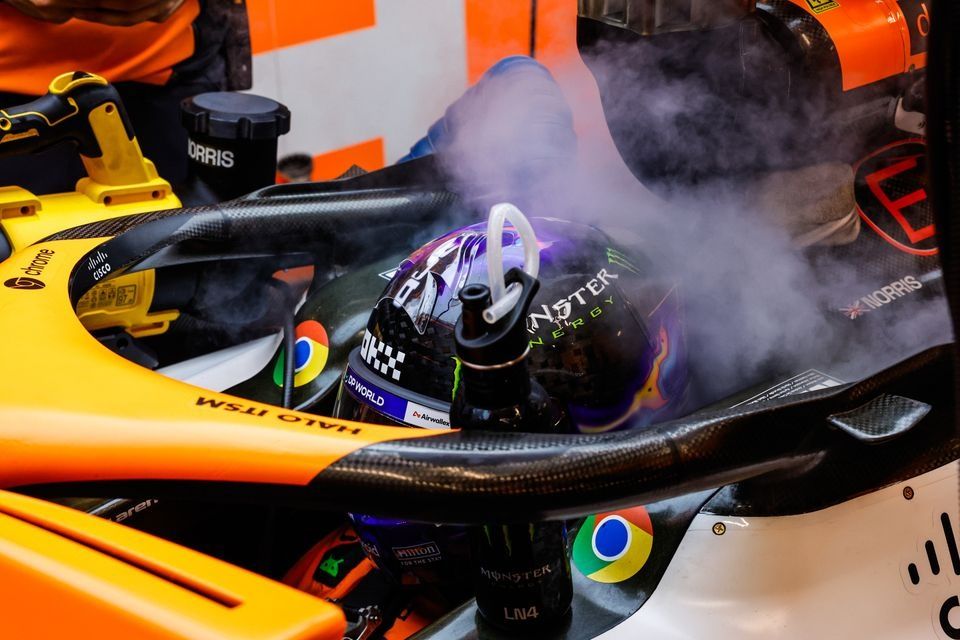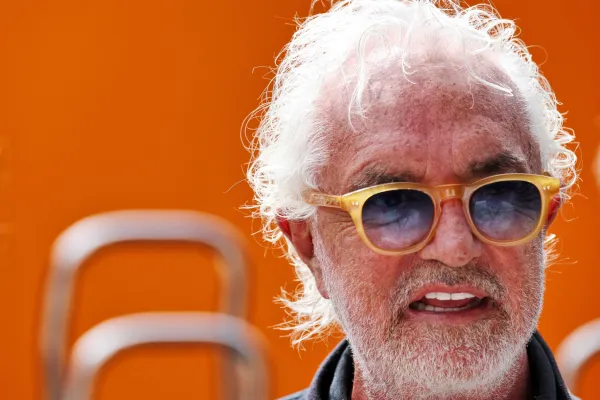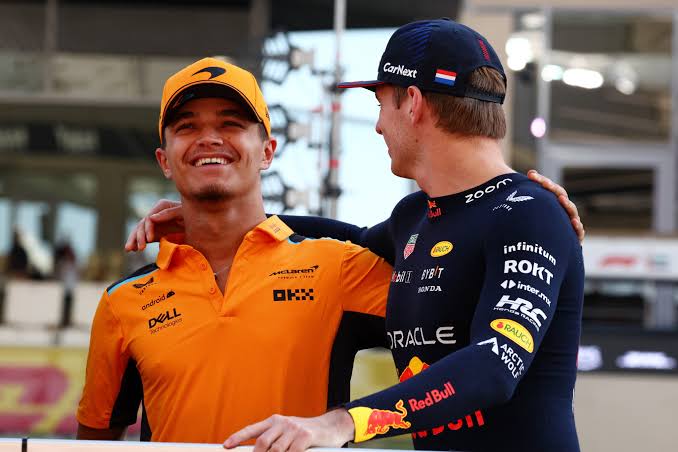Marc Marquez Reflects On Lewis Hamilton’s Ferrari Move: A Tale Of Two Legends
The motorsport world is currently witnessing a seismic shift with two monumental transitions: Marc Marquez’s recent switch to Ducati in MotoGP and Lewis Hamilton’s highly publicized move to Ferrari in Formula 1. Both athletes are not only icons in their respective sports but also represent the pinnacle of competitive spirit and relentless ambition. As Marquez, an eight-time Grand Prix world champion, shares his thoughts on Hamilton’s new chapter, he provides intriguing insights into what this partnership could mean for Ferrari and the broader implications for both sports.
The Bold Moves of Two Champions
Marc Marquez and Lewis Hamilton are no strangers to making bold decisions. Marquez’s departure from Honda, where he spent over a decade dominating the sport, mirrors Hamilton’s transition from Mercedes, a team where he secured six of his seven F1 titles. Both riders have opted for fresh challenges at a time when younger competitors are emerging rapidly. In a recent interview with Sky Sport Italy, Marquez remarked, “We are both riders with a lot of experience… but the young people also arrive who push and go fast.” This acknowledgment highlights their shared determination to remain competitive despite the pressures posed by younger rivals.
Hamilton’s move to Ferrari has been dubbed the “transfer of the century,” given his long-standing loyalty to Mercedes. Similarly, Marquez’s switch to Ducati marks a significant shift in MotoGP dynamics as he aims to reclaim his dominance after battling injuries in recent seasons. The parallels between these two champions extend beyond their career choices; they reflect a broader narrative about resilience and adaptability in the face of change.
The Red Connection: Ducati and Ferrari
Marquez humorously noted the color connection between his new team and Hamilton’s, saying, “You can compare the fact that we are both red—both us [Ducati] and Ferrari.” Beyond aesthetics, both teams represent iconic brands with rich histories in motorsport. Ducati has consistently been a powerhouse in MotoGP, known for its innovative engineering and competitive spirit. Meanwhile, Ferrari remains synonymous with Formula 1 excellence, boasting a legacy that includes numerous championships and legendary drivers.
For Hamilton, Ferrari offers an opportunity to chase his eighth title and surpass Michael Schumacher’s record—a feat that would cement his legacy as the greatest F1 driver of all time. Similarly, Marquez aims for his ninth championship title, which would place him alongside Valentino Rossi as one of MotoGP’s all-time greats. The stakes are high for both athletes as they embark on these new journeys.
Contrasts in Style and Approach
While both athletes share a penchant for winning, their personalities and approaches differ significantly. Hamilton is known for his glamorous lifestyle, often making headlines for his fashion choices and commitment to social causes. His public persona extends beyond racing; he is an advocate for diversity and sustainability within motorsport. In contrast, Marquez is more understated, focusing primarily on the technical aspects of racing rather than public appearances or endorsements.
This difference extends to their contractual arrangements as well. Hamilton’s multi-year deal with Ferrari reportedly involves €40-50 million per season—one of the most lucrative contracts in sports history—while Marquez’s two-year contract with Ducati reflects his willingness to prioritize racing performance over financial incentives. This contrast underscores how each athlete values different aspects of their careers.
Challenges Ahead: Young Rivals and Team Dynamics
Both champions face formidable challenges as they integrate into their new teams. For Hamilton, joining Ferrari means not just adapting to a new car but also navigating a complex teammate dynamic with Charles Leclerc—a driver who is eager to prove himself against one of the sport’s greatest legends. The chemistry between teammates can significantly impact performance on track; thus, Hamilton will need to establish a collaborative relationship while maintaining his competitive edge.
Similarly, Marquez must adapt to Ducati’s Desmosedici GP bike while competing against younger riders who are determined to dethrone him from his position at the top. The likes of Francesco Bagnaia and Jorge Martin represent a new generation of talent that is hungry for success. Marquez has already begun working closely with Ducati engineers during pre-season tests—a critical step in understanding the bike’s capabilities and fine-tuning it to suit his riding style.
The technical challenges are immense; both athletes will need to rely heavily on their teams’ engineering prowess to maximize performance. For Hamilton, this means collaborating with Ferrari’s technical team to ensure he can compete effectively against Red Bull’s dominant cars. To discover how motorsport teams like Ferrari leverage cutting-edge engineering for success, check out our feature.
Legacy Building: The Final Chapters
For both athletes, these moves are about more than just winning—they’re about legacy building. At 39 years old, Hamilton is nearing the twilight of his career but remains determined to leave an indelible mark on F1 history. He has often spoken about wanting to inspire future generations through his achievements both on and off the track. If he secures that elusive eighth title with Ferrari, it would be a historic achievement akin to Schumacher’s legendary reign.
Marquez, though younger at 32, faces pressure to prove he can still dominate after injuries hampered his recent seasons. His transition to Ducati represents not just an opportunity for redemption but also a chance to solidify his place among MotoGP immortals alongside Rossi. Should Marquez clinch another championship with Ducati, it would further enhance his status as one of the sport’s all-time greats.
The narratives surrounding these two champions underscore their relentless drive for success and their refusal to settle for mediocrity. Both athletes understand that every season presents new challenges and opportunities that can define their legacies.
The Impact on Fans and Future Generations
The moves made by Marquez and Hamilton resonate deeply with fans around the world who have followed their careers closely. Their stories inspire aspiring racers and fans alike by showcasing what it means to take risks in pursuit of greatness. As they embark on these new journeys with different teams, they set an example for future generations about resilience, adaptability, and the importance of following one’s passion.
Fans can expect thrilling races ahead as both champions seek victory against fierce competition while navigating their new environments. The excitement surrounding these transitions adds an extra layer of anticipation for upcoming seasons in both MotoGP and Formula 1.
Conclusion: A New Era for Motorsport Icons
Marc Marquez and Lewis Hamilton embody the spirit of reinvention—both have chosen paths that demand courage and adaptability in what could be considered late-career transitions for elite athletes. Their moves signal not just personal ambition but also a broader shift in motorsport dynamics as iconic brands like Ducati and Ferrari aim to reclaim their glory.
As fans eagerly anticipate their performances in 2025, one thing is certain: these legends will continue pushing boundaries and inspiring future generations through their tenacity and skill. To explore how global sports stars like Hamilton leverage branding partnerships for success beyond the track, read our exclusive analysis.
In this tale of two champions, while the roads may be different—one paved with asphalt and roaring engines; the other winding through circuits filled with high-speed precision—their destination remains the same: greatness. As Marc Marquez embarks on this new chapter with Ducati alongside Lewis Hamilton at Ferrari, motorsport enthusiasts worldwide will be watching closely as these legends strive not only for victory but also for lasting legacies that transcend their respective sports.
